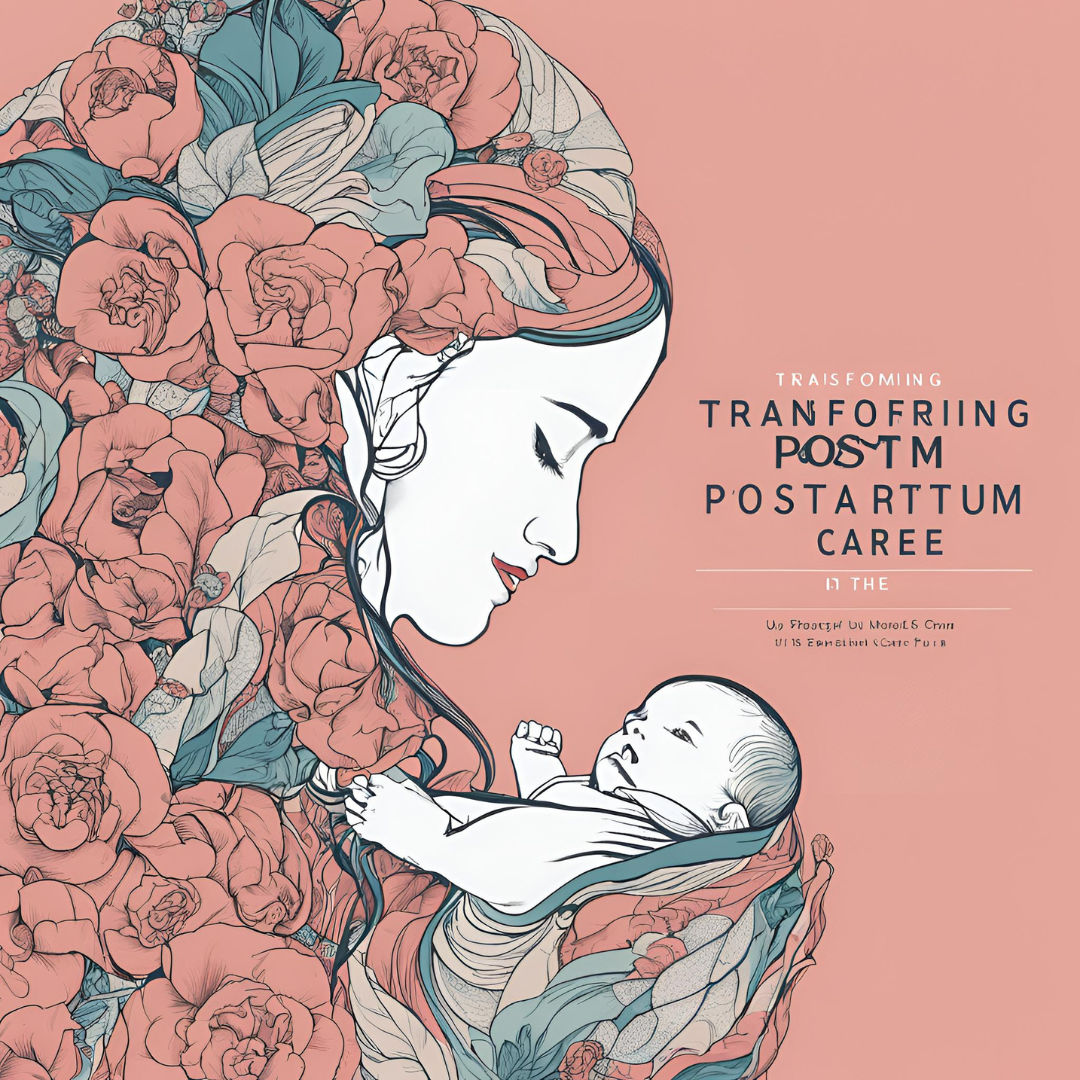The changing face of the crime trends has always been discussed and debated. In fact, recent studies have captured the unprecedented changes in trends prevalent in new generations,, thereby establishing that crime is indeed evolving and so are its causes. In this context, I will review the latest conclusions drawn by the Public Policy Institute of California through a lucid framework of analysis to assess the efficacy of the related policies and recommend changes in order to control the crime trends.
One clear trend in the last few years is the violent crime rate, which has been up and down but generally down since the 1990s. The overall downward crime trend conceals a number of categories in which the rates of crime have leaped up over the same period, as in retail theft and homicide. Understanding these cime trends requires familiarity with one of criminology’s most enduring insights: the “age-crime curve.” The curve describes how, in virtually every country, crime generally increases during adolescence, continuing to rise until the late teens/early twenties, whereupon it declines.
The PPIC report highlights some of the salient factors underlying the modern trend landscape. Demographic changes, especially in an aging population, partially explain the general downward trend of criminal offenses. As the population ages, the proportion of individuals in the high-crime age bracket diminishes, and hence offenses lower. Improved technology and law enforcement practices have also facilitated the prevention and detection of crime, further lowering crime rates.

The report also, however, points out some areas of concern. For instance, the increase in retail theft and homicide requires nuanced appreciation of the socio-economic and cultural factors involved. In this regard, economic disparities, unemployment, and social unrest are very important drivers that might put criminal behavior on the fast track. On the same breadth, easy access to firearms and substance abuse are very significant elements which cannot be delinked from comprehensive policy responses. In analyzing policies to address these crime trends, one needs to apply a multi-dimensional approach.
Crime prevention strategies should effectively include not only the realm of law enforcement, social intervention, and economic intervention. For instance, policies on education, job creation, and community engagement can lessen the sources of crimes. Programs on rehabilitation and restorative justice are also important in reducing recidivism and in promoting social reintegration.
Data-driven policing and community-based approaches are, however, generally promising in terms of reducing crime rates. These methods improve the efficiency and effectiveness of the system through the use of advanced analytics and enhanced collaboration between law enforcement agencies and the communities they operate within.
The PPIC report also places strong emphasis on the taking into account of special needs for specific vulnerable populations, including youth, minorities, and those with mental health problems. Targeted interventions that give these groups support and opportunities can considerably reduce their involvement in criminal activities. The latest findings from the Public Policy Institute of California, therefore, aptly update the trends of crime rates and the effectiveness of present policies.
While the downward trend in violent crime is a past welcome development, other categories’ rises require that policies made in addressing these crimes be holistic and forward-looking. Attacking the socio-economic, cultural, and structural determinants of crime, policymakers have a better chance of charting strategies to ensure public safety and foster citizens’ social well-being

Findings:
- Violent felony arrest rates for young adults ages 18–22 are now more than cut in half compared with 1993, the report said. Arrest rates, in contrast, have risen for older adults. This change at the front end of the age-crime curve makes a significant contribution to the shifting dynamics.
- Offspring born in the early 1990s and after have a decreased violent crime commitment compared to earlier generations. The violent crime arrest rate of persons born in 1993 and after is about 20-25% lower compared with that of the earlier cohorts.
- While fewer young people are being arrested, the number of offenses per person arrested has gone up a little, making it a more complicated crime landscape.
Some of the Factors that Might Contribute to the Drop: While the report does not identify the causes of the trends, it presents some of the contributing factors
- Major California legislative changes in the past two decades have been directed toward reforms in juvenile justice, which would have lessened juvenile incarceration rates and probably even crime rates.
- The last few decades of youths have been characterized by lower rates of risky behaviors, such as drinking and drug use, that may be connected to lower crime rates.
Policy Implications:
- Criminal justice agencies’ current risk assessment tools may need revision to account for the lowering of crime rates in younger generations for better predictive accuracy and resource allocation.
- The depression in crime among the young population could mean that the future capacity needed by the criminal justice system will be lower; therefore, it may allow for possible downsizing or reallocation of resources.
- While overall rates have declined, the slight increase in offenses per person may indicate a requirement for focused interventions to deal with the complications of new criminal trends.
This study will be very helpful for policymakers, researchers, and citizens to make decisions about strategies for preventing crimes, reforms in the justice system, and resource allocation. All these things will help societies to keep building up safer and fairer places by being aware of and accepting these changing patterns.
Source:
- Public Policy Institute of California. 2023. Are Younger Generations Committing Less Crime? Magnus Lofstrom, Brandon Martin, and Deepak Premkumar. PPIC Report.





